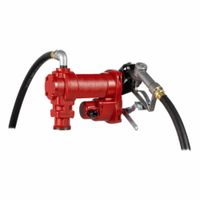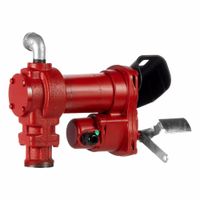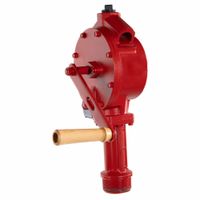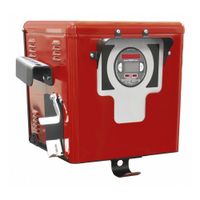A hand-operated fuel transfer pump offers several benefits, particularly in situations where simplicity, portability, and cost-effectiveness are prioritized.
1. **Portability**: These pumps are lightweight and easy to transport, making them ideal for remote locations or situations where electricity is unavailable.
2. **Cost-Effective**: Hand-operated pumps are generally less expensive than electric or motorized pumps, both in terms of initial purchase and maintenance costs.
3. **Simplicity and Ease of Use**: With fewer components and no need for a power source, these pumps are straightforward to operate, requiring minimal training.
4. **Reliability**: Without reliance on electricity or batteries, hand pumps are dependable in power outages or in areas with unstable power supply.
5. **Durability**: Constructed with fewer moving parts, these pumps are less prone to mechanical failure and can withstand harsh conditions.
6. **Versatility**: Suitable for transferring various types of fuels, including gasoline, diesel, and kerosene, they can be used in diverse applications such as agriculture, marine, and automotive.
7. **Safety**: Hand pumps reduce the risk of sparks and static electricity, which can be a concern with electric pumps, thus enhancing safety when handling flammable liquids.
8. **Environmental Friendliness**: They do not require electricity or fuel to operate, reducing their environmental footprint.
9. **Control**: Users have direct control over the pumping process, allowing for precise fuel transfer and minimizing spillage.
10. **Maintenance**: With simple construction, these pumps require minimal maintenance, reducing downtime and repair costs.
Overall, hand-operated fuel transfer pumps are an excellent choice for those seeking a reliable, cost-effective, and environmentally friendly solution for fuel transfer needs.



